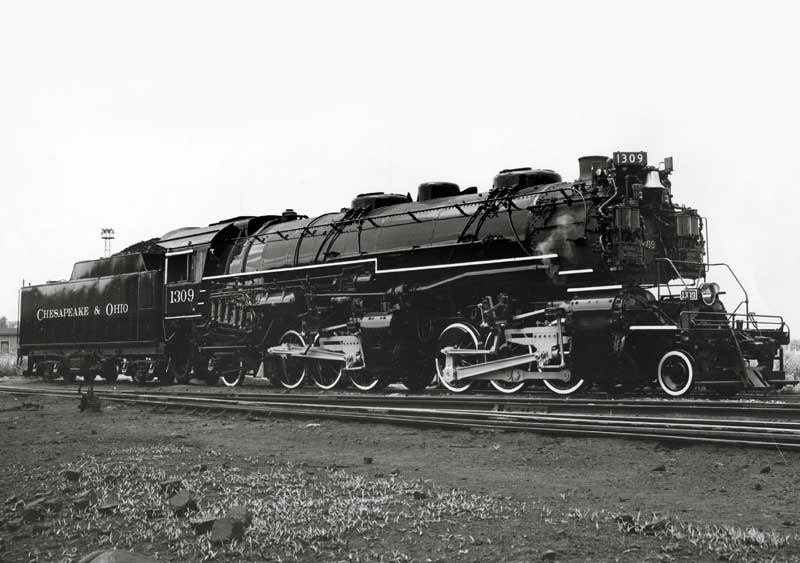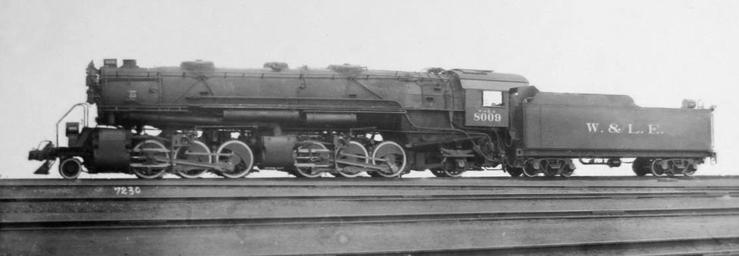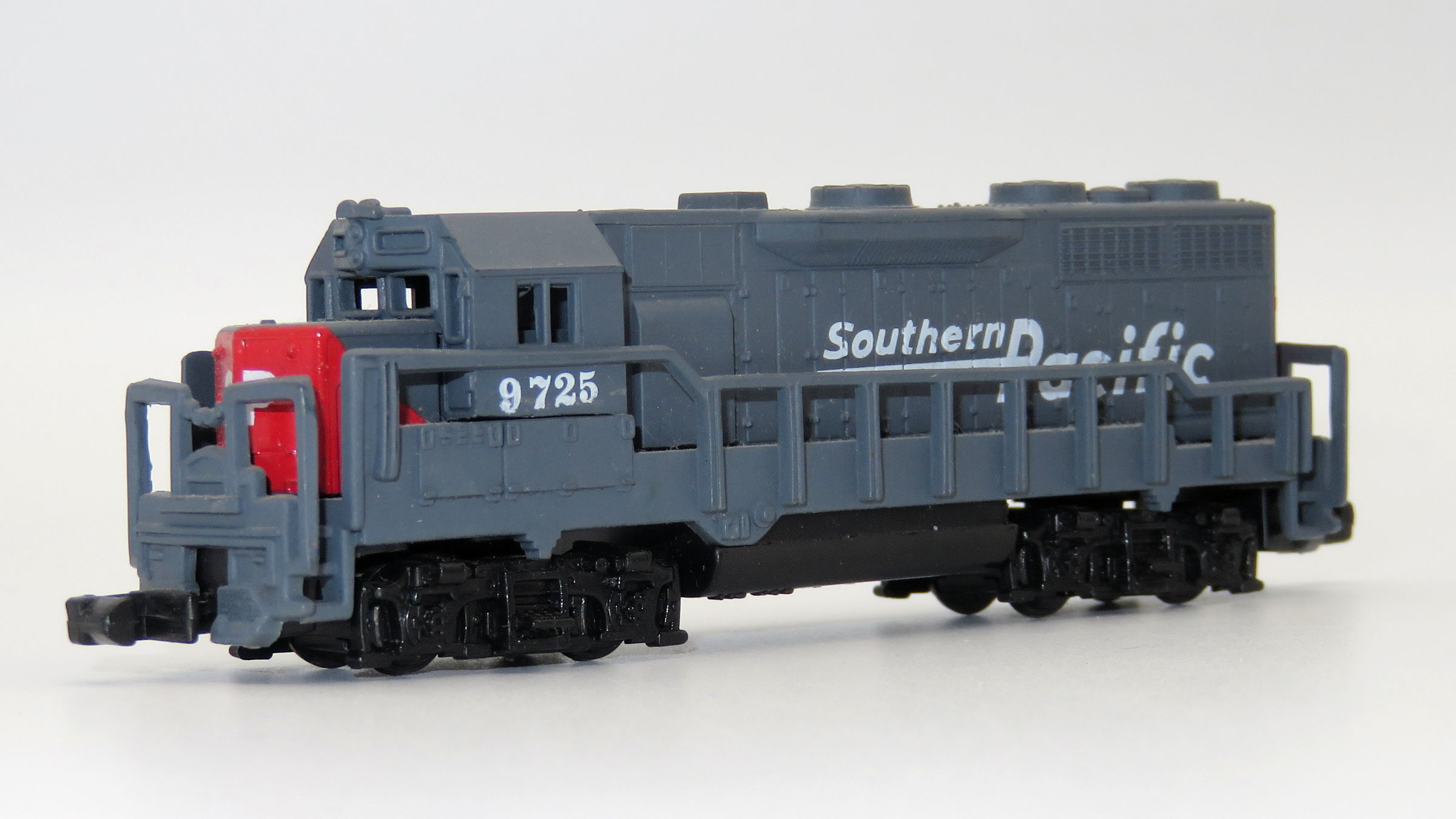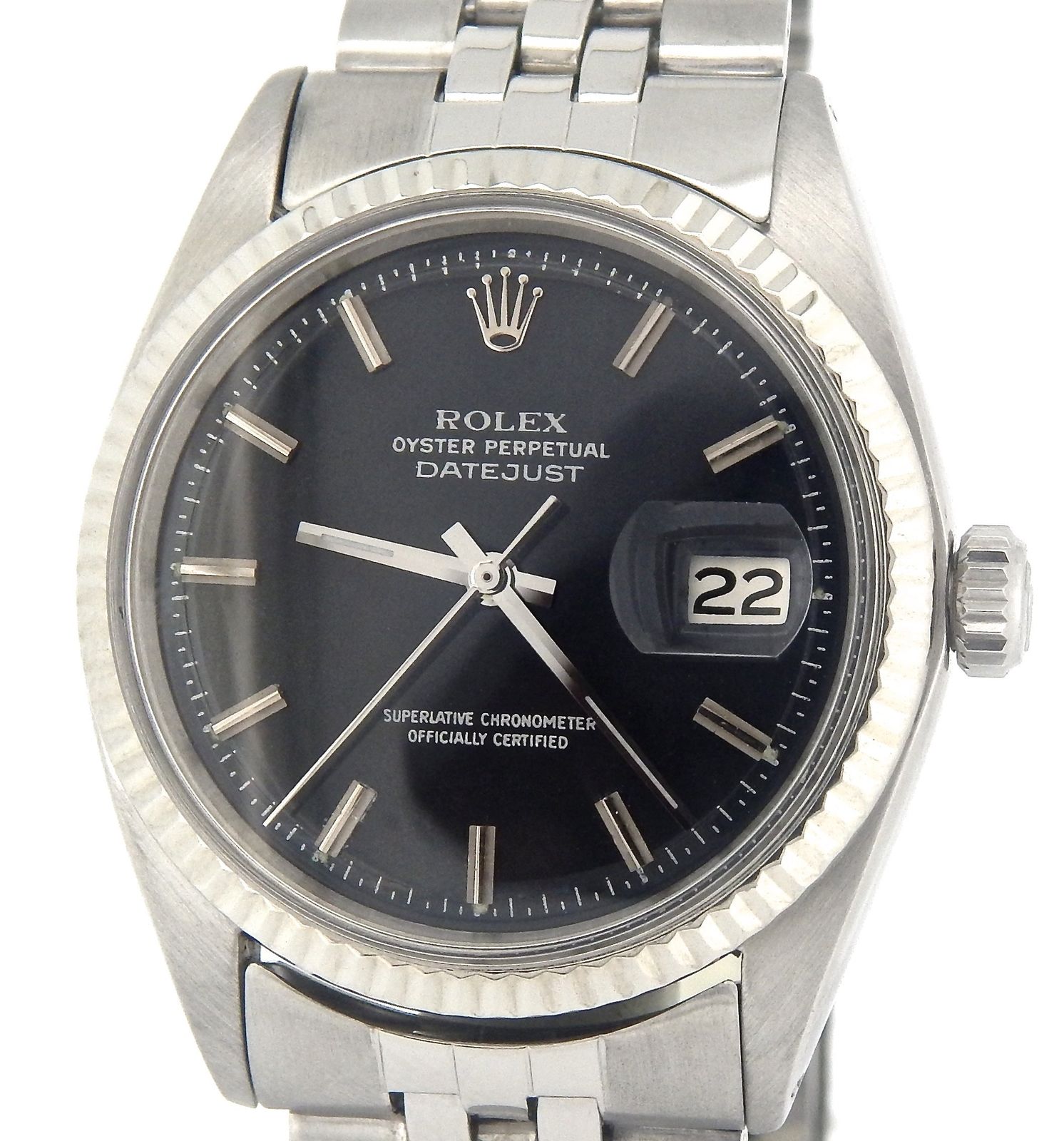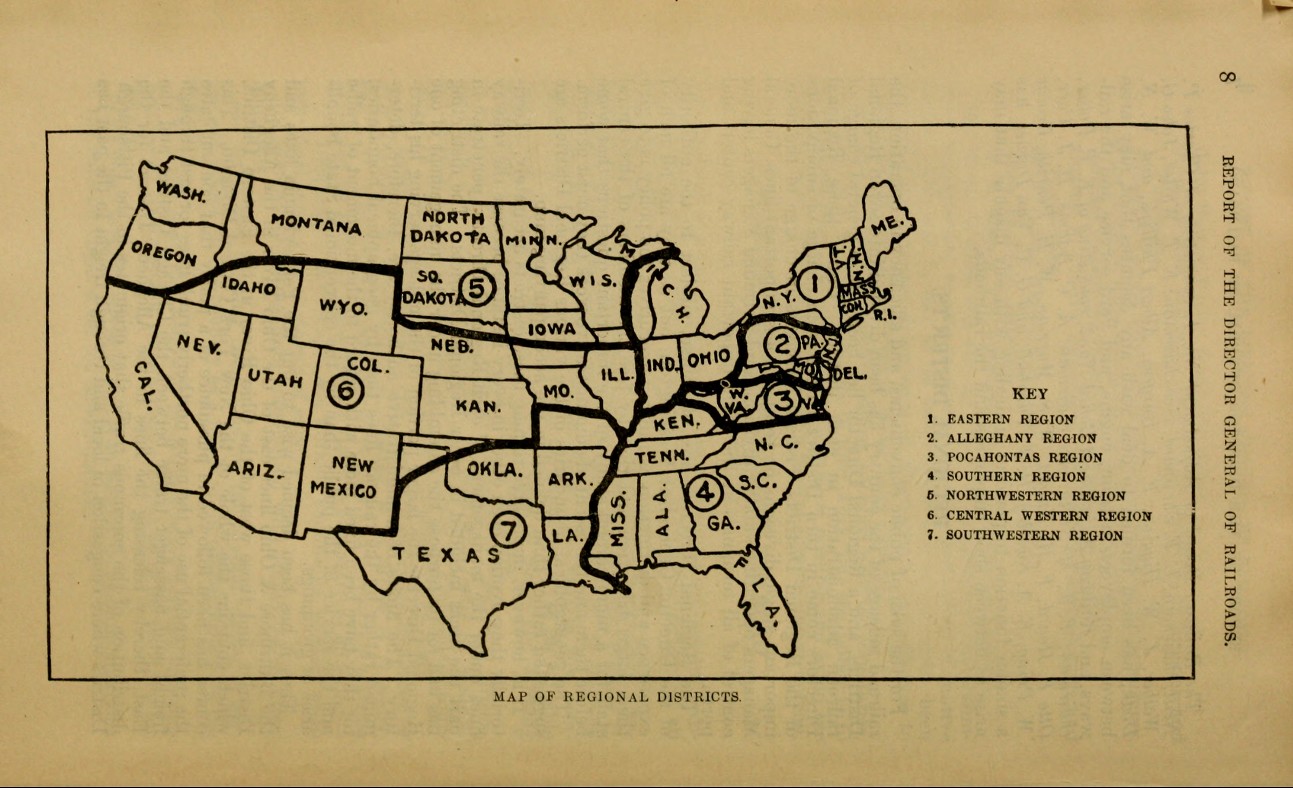Locomotive, Steam, 2-6-6-2 USRA
| Name | Locomotive, Steam, 2-6-6-2 USRA |
| Region | North America |
| Category | Rail |
| Type | Locomotive |
| SubType | Steam |
| Variety | 2-6-6-2 USRA |
| Manufacturer | United States Railroad Administration (Details) |
| Era | NA Era II: Late Steam (1901 - 1938) |
History:
The USRA 2-6-6-2 locomotive was a Mallet, or compound articulated type, having both low-pressure and high-pressure cylinders. The smaller high-pressure cylinders powered the rear set of driving wheels, and the larger low-pressure cylinders powered the forward set of driving wheels. The USRA 2-6-6-2 articulated locomotives were direct developments of the Chesapeake & Ohio class H-2 and H-4 series. This type of locomotive was sometimes referred to as a Mallet Mogul.
150 H-4s were built at Schenectady and Richmond between 1912 and 1918 for the C&O. Individual H-4 batches had adhesion weights ranging from 358,000 to 364,900 lb.
During 1919 and 1920 the C&O received batches of its Class H-5's and Class H-6's becoming the last new compounds to arrive on the railroad for nearly 30 years. The locomotives were numbered 1520-1539 (H-5) and 1475-1519 (H-6).
From Wikipedia
Read more on american-rails.com about the C&O 2-6-6-2's
150 H-4s were built at Schenectady and Richmond between 1912 and 1918 for the C&O. Individual H-4 batches had adhesion weights ranging from 358,000 to 364,900 lb.
During 1919 and 1920 the C&O received batches of its Class H-5's and Class H-6's becoming the last new compounds to arrive on the railroad for nearly 30 years. The locomotives were numbered 1520-1539 (H-5) and 1475-1519 (H-6).
From Wikipedia
Read more on american-rails.com about the C&O 2-6-6-2's
Railroad/Company:
The United States Railroad Administration (USRA) was the name of the nationalized railroad system of the United States between December 28, 1917, and March 1st, 1920. It was possibly the largest American experiment with nationalization, and was undertaken against a background of war emergency.
On April 6th, 1917, the United States entered World War I, and very soon the nation's railroads proved inadequate to the task of serving the war effort. There were several sources of the problem. Although the carriers had made massive investments in the first years of the 20th century, there remained inadequacies in terminals, trackage, and rolling stock. Inflation struck the American economy, and when in 1906 Congress empowered the Interstate Commerce Commission (ICC) to set maximum shipping rates, the rail firms had difficulty securing revenue sufficient to keep pace with rising costs. The ICC did allow some increases in rates, however. Also, investors had overexpanded the nation's trackage, so by late 1915 fully one-sixth of the railroad trackage in the country belonged to roads in receivership (bankruptcy). The railroad unions (commonly called "brotherhoods"), desiring shorter working days and better pay, threatened strike action in the second half of 1916. To avert a strike, President Woodrow Wilson secured Congressional passage of the Adamson Act, which set the eight-hour work day as the industry standard. When the Supreme Court ruled the law constitutional, the carriers had no choice but to comply.
Over 100,000 railroad cars and 1,930 steam locomotives were ordered by the USRA at a cost of $380 million, all of new USRA standard designs, which were up-to-date and standardized types, designed to be the best that could be produced to replace outdated equipment.
From Wikipedia
On April 6th, 1917, the United States entered World War I, and very soon the nation's railroads proved inadequate to the task of serving the war effort. There were several sources of the problem. Although the carriers had made massive investments in the first years of the 20th century, there remained inadequacies in terminals, trackage, and rolling stock. Inflation struck the American economy, and when in 1906 Congress empowered the Interstate Commerce Commission (ICC) to set maximum shipping rates, the rail firms had difficulty securing revenue sufficient to keep pace with rising costs. The ICC did allow some increases in rates, however. Also, investors had overexpanded the nation's trackage, so by late 1915 fully one-sixth of the railroad trackage in the country belonged to roads in receivership (bankruptcy). The railroad unions (commonly called "brotherhoods"), desiring shorter working days and better pay, threatened strike action in the second half of 1916. To avert a strike, President Woodrow Wilson secured Congressional passage of the Adamson Act, which set the eight-hour work day as the industry standard. When the Supreme Court ruled the law constitutional, the carriers had no choice but to comply.
Over 100,000 railroad cars and 1,930 steam locomotives were ordered by the USRA at a cost of $380 million, all of new USRA standard designs, which were up-to-date and standardized types, designed to be the best that could be produced to replace outdated equipment.
From Wikipedia
Item Links:
We found: 1 different collections associated with
Rail - Locomotive - 2-6-6-2 USRA
- Collection N Scale Model Trains: 12 different items
Item created by: Alain LM
on 2018-06-21 10:42:11
Last edited by: Alain LM on 2018-06-21 14:30:03
If you see errors or missing data in this entry, please feel free to log in and edit it. Anyone with a Gmail account can log in instantly.
Last edited by: Alain LM on 2018-06-21 14:30:03
If you see errors or missing data in this entry, please feel free to log in and edit it. Anyone with a Gmail account can log in instantly.


